Is Augmented Reality Our Future?
This immersive multimedia can simulate virtually any environment, but beyond losing your mind in a zombie apocalypse video game, what are some of its other applications?
Some of the top industries incorporating VR:
· Social networking
· Health care
· Higher education
This list could go on… and on… and on.
The verdict is still out on whether or not virtual reality will become part of our daily lives. Some suggest we will live everyday wearing bug-eyed goggles, listening to a university lecture or participating in a professional training session.
On the other hand, some say it hinders creativity and will not become mainstream due to the fear of unhealthy escapism.
Mark Zuckerburg recently commented on Facebook’s acquisition of Oculus VR, “The mission is to enable you to experience the impossible. Their technology opens up the possibility of completely new kinds of experiences. By feeling truly present, you can share unbounded spaces and experiences with the people in your life.”
While the Facebook mogul plans to open a new communication platform unlike any other, Pixar co-founder, Ed Catmull expressed his concerns that although the technology is great for games, it’s not the same artful way of storytelling.
“It’s good, but it’s not storytelling. The fact that you’ve changed the technology, and people are excited about it, doesn’t change the underlying difficulty of the compelling narrative story. Just like books aren’t the same things as movies. They don’t have to be,” Catmull said in an interview with The Guardian.
So, not all social media experts and storytellers agree, but what about people working in health care or education? These are two crucial industries that are seeing incredible opportunity with VR.
The health care industry, currently one of the most thriving, innovatively speaking, is already using VR for training purposes. Now, medical professionals can practice for a difficult procedure without causing bodily harm or see inside the human mind without making an incision.
But the medical uses for VR don’t stop there. People are currently being treated for PTSD, severe pain and phantom limb syndrome with this diverse technology.
As for higher education, VR could not have come at a better time. With college enrollment at a four-year downturn, this tool could be the boost the industry needs. The opportunities are endless. VR can replicate a standard classroom learning environment, or a college visit without you having to step foot on campus.
Whether you’re on the VR bandwagon or not, it, like any other new technology, has its ups and downs. Surprise, surprise, surveys say 73 percent of millennials are eager for widespread use. Seems to me like it’s not a matter of if, but when. For more VR uses, read here.

